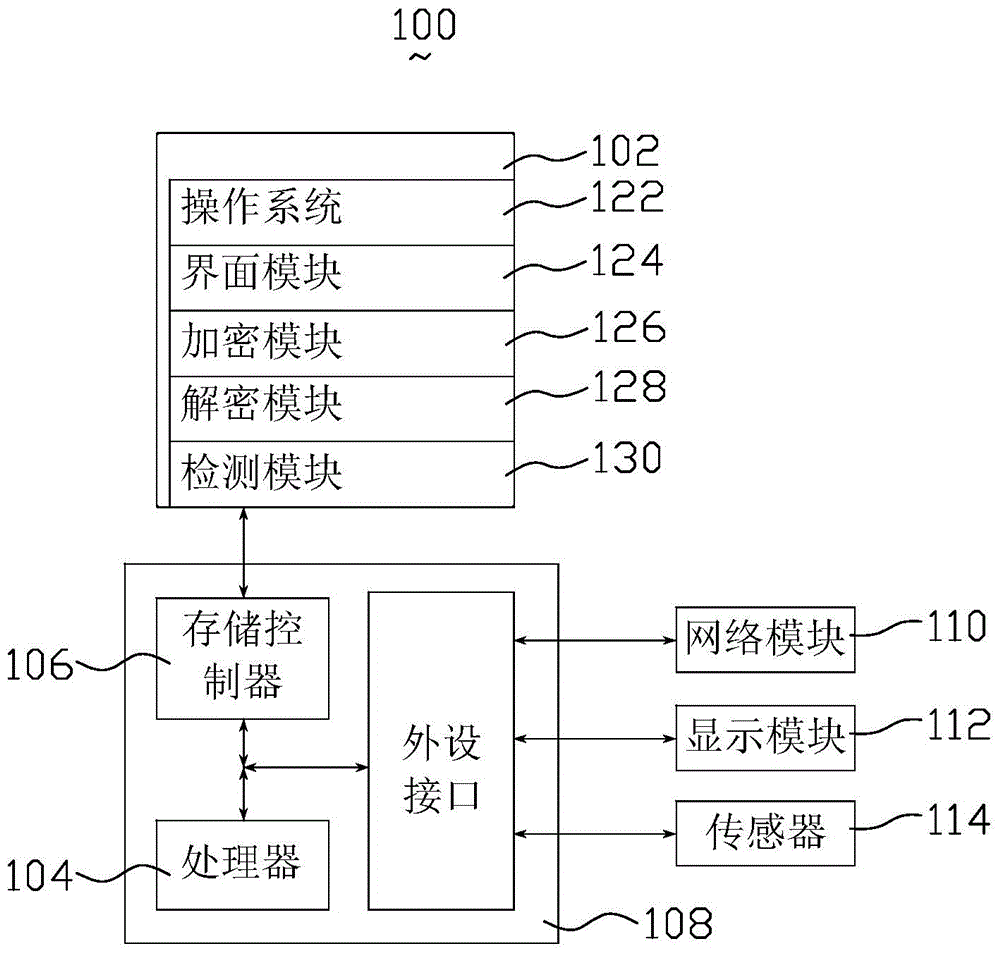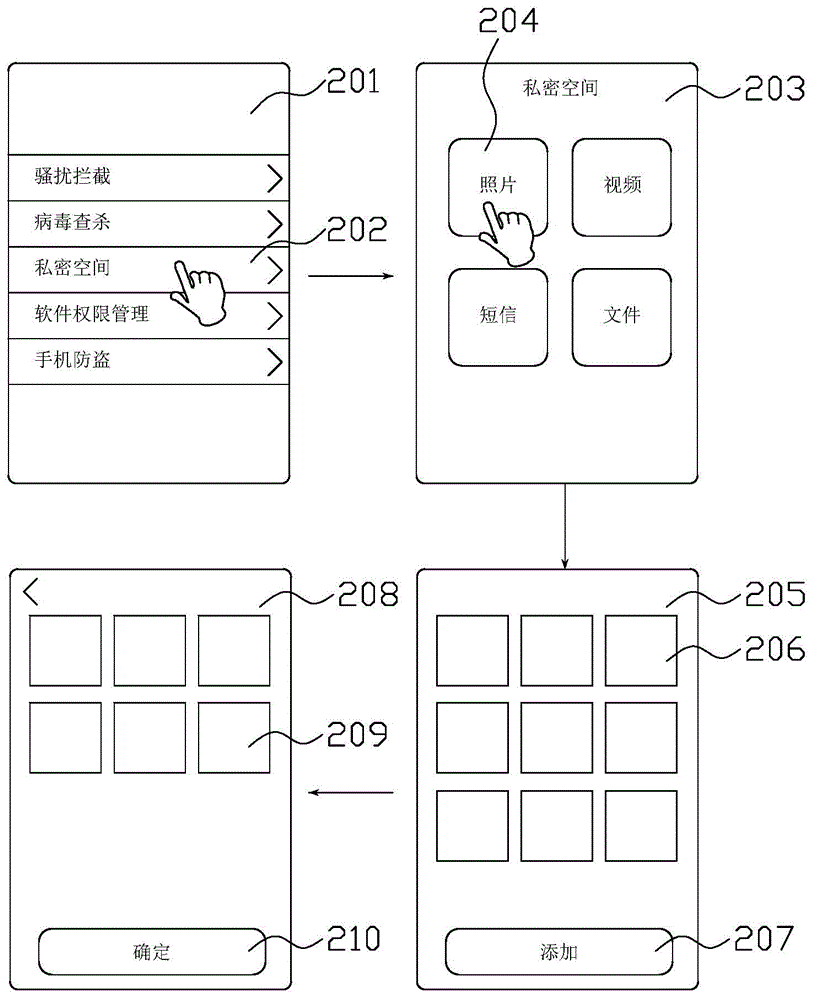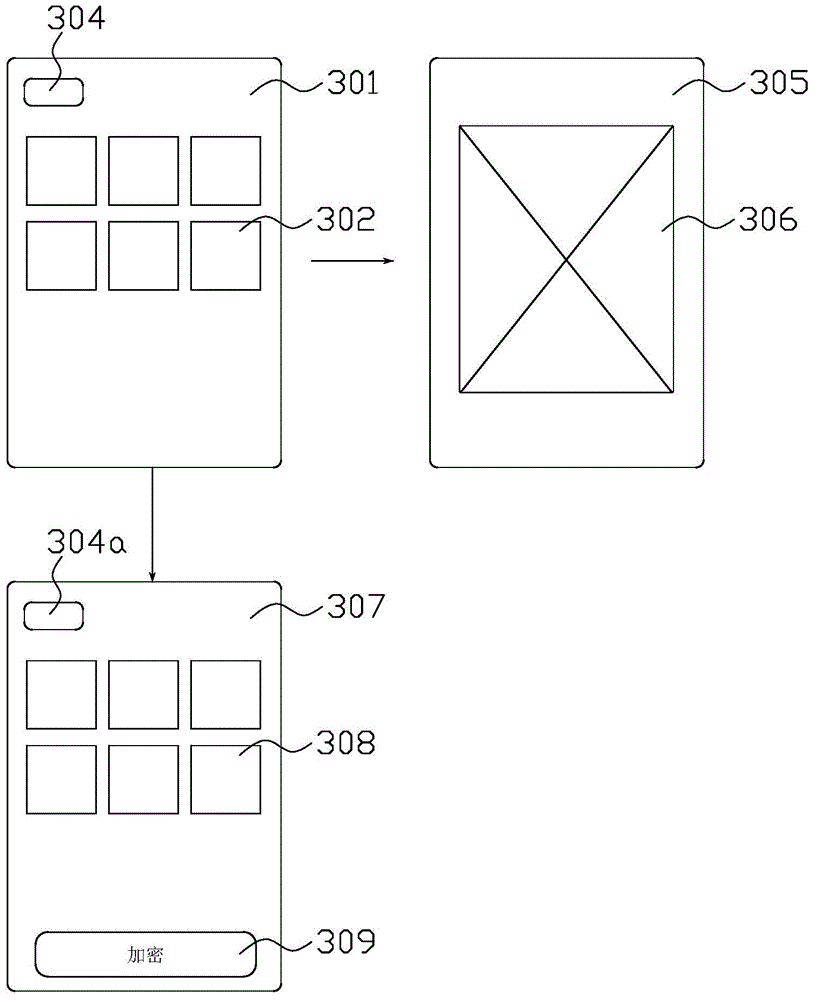Processing method for enciphered data, and apparatus thereof
A technology of encrypting data and processing methods, applied in digital data authentication, user identity/authority verification, electrical components, etc., can solve the problems of obtaining and not being able to guarantee the correct user of the user, so as to avoid theft and improve security Effect
- Summary
- Abstract
- Description
- Claims
- Application Information
AI Technical Summary
Problems solved by technology
Method used
Image
Examples
Embodiment Construction
[0066] In order to further illustrate the technical means and functions adopted by the present invention to achieve the intended invention purpose, the present invention will be further described in detail below in conjunction with the accompanying drawings and preferred embodiments. It should be understood that the specific embodiments described here are only used to explain the present invention, not to limit the present invention.
[0067] An embodiment of the present invention provides a method for outputting encrypted data, which can be used in an electronic terminal. Specific examples of the electronic terminal include, but are not limited to, personal computers, tablet computers, mobile phones, e-book readers, wearable electronic devices, and the like.
[0068] figure 1 A structural block diagram of an electronic terminal provided by an embodiment of the present invention. Such as figure 1 As shown, the electronic terminal 100 includes a memory 102, a processor 104, ...
PUM
 Login to View More
Login to View More Abstract
Description
Claims
Application Information
 Login to View More
Login to View More - Generate Ideas
- Intellectual Property
- Life Sciences
- Materials
- Tech Scout
- Unparalleled Data Quality
- Higher Quality Content
- 60% Fewer Hallucinations
Browse by: Latest US Patents, China's latest patents, Technical Efficacy Thesaurus, Application Domain, Technology Topic, Popular Technical Reports.
© 2025 PatSnap. All rights reserved.Legal|Privacy policy|Modern Slavery Act Transparency Statement|Sitemap|About US| Contact US: help@patsnap.com



